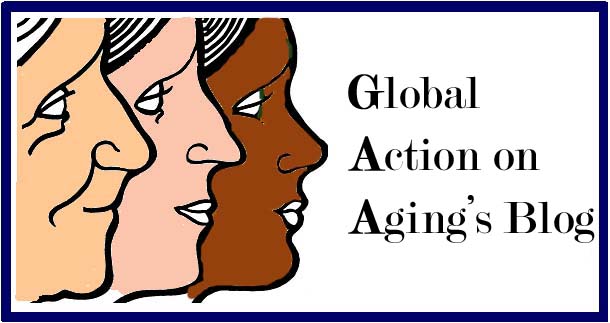Photo Credit: Epistheme
From 1996 to 2001, Dr. Peggy McEvoy served as the Caribbean Team Leader
for the United Nations Programme for HIV/AIDS (UNAIDS). Dr. McEvoy completed undergraduate work in
nursing at Columbia University. She
received a Master of Public Health from Tulane University before obtaining a
Doctorate in Public Health from Columbia University. She served in the Peace Corps in Togo and is
fluent in Spanish, French, and English.
When AIDS was first identified in the early ‘80s, Dr. McEvoy was the
Senior Associate for family planning for the Population Council and was working
in Africa when some of the first women with HIV/AIDS started arriving in family
planning clinics.
When McEvoy began her directorship of the Caribbean program in 1996,
the region’s HIV epidemic mimicked the African outbreak. Reported cases of HIV were divided evenly
between men and women. While in Africa
the causes of such division lie in the sociocultural issues, the pattern
commonly occurs in areas marked by homophobia in the Caribbean. Families in this region encourage their sons
to marry despite their homosexual or bisexual orientation. Because these men continue to have relations
with men, their wives are exposed to HIV.
HIV is the leading cause of death and disease in women of reproductive
age. According to UNAIDS, in Sub-Saharan
Africa, 60 percent of those living with HIV are women, and prevalence among
young women aged 15-24 years is higher than among men of the same age.
Another source of infection worldwide is the need to exchange sex for
food, money, shelter, or other necessities (transactional sex). Transactional sex results in the spread of
HIV worldwide. “I have encouraged
authorities in many countries to use “transactional sex” and not other terms
like prostitution,” says McEvoy. “When
you find a little, eight year-old girl selling oranges at the border of Mali,
she’s expected to bring home money. If
she doesn’t sell her oranges, she has sex with a truck driver for that money so
as not to get beaten. That’s transactional.
That’s not prostitution.”
Safe sex promotion, the availability of male and female condoms, clean
needle exchange programs for intravenous drug users, and HIV testing are
important tools in managing the spread of HIV.
“While a test was available at the beginning of the HIV/AIDS outbreak,
health systems, and infrastructure were not set up to cope with the problem,”
Dr. McEvoy explained.
Fear of stigmatization and exclusion prevented many individuals from
seeking testing. Early testing required time that many individuals did not
have; individuals needed to travel long distances to the healthcare facility to
receive the test. After the facility
processed the test, the individual then needed to return to the clinic to receive
the results. Presently, a buccal smear is available. This quick test for HIV was initially only
available in health clinics. Now, the FDA has approved these tests for home
use, which will ensure much needed confidentiality.
Older Adults
No published reports detail the incidence of HIV/AIDS in adults over
the age of 49. Now that the HIV/AIDS
population is aging, researchers should seek epidemiologic information in this
older age group, especially in the US and developed countries where services
are available to support this population.
With the availability of erectile dysfunction medications, some older
men have affairs with younger woman, infecting their wives with HIV. Anecdotally, some individuals say that the
biggest risk of infection for women is marriage. In many countries married woman cannot
negotiate condom use, regardless of whether or not their partner is
promiscuous. Women in polygamous
relationships cannot refuse sex.
Campaigns to reduce the spread of HIV do not prioritize older
populations. The strongest emphasis is
placed on woman and girls of reproductive age while no statistics exist for individuals
over the age of 50.
Future Steps and the Aging
Population
Among safe sex promotion for seniors, prevention policies may emphasize
the use of female condoms for older women.
Because female condoms are more lubricated than male condoms, older men
who use Viagra may prefer these condoms.
Researchers need to turn their attention toward this older age group,
and nongovernmental organizations (NGOs) can contribute to these efforts. Studies are needed to explore the prevalence
of HIV in geriatric centers in the US, given the research indicating the spread
of other sexually transmitted infections (STIs) in assisted living centers. NGOs can facilitate this research by
contacting universities and institutions to initiate the research on a small
scale, utilizing individual skilled nursing facilities and assisted living
centers. This research would contribute
to the body of knowledge and epidemiology of this disease.
By Tori Daugherty and Susanne Paul
v.daugherty@globalaging.org


